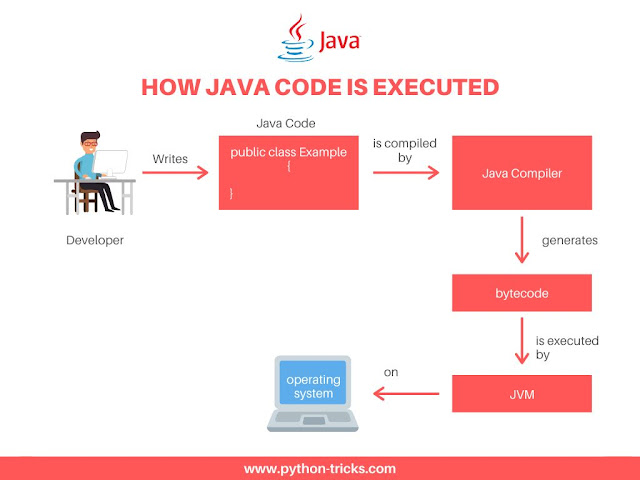Chapter 9: Data Types In Java

Chapter 9: Data Types In Java NOTE: I'll try uploading 2-3 Chapters everyday. I'm focused on making these chapters more informative and easy to understand with the proper resources and clear concepts and this procedure takes much time so rapid blogs may be delayed. Thanks! and Good Luck 🤠 What are data types? Well, imagine you are given a box full of coloured balls. Now, you are given the task to sort the balls into separate containers wherein each container has a nameslip on it with the name of the color and you have to put all balls of that colour into the containers respective of the name of the colour written on the container. Notice, how you would question yourself to store the balls in their respective containers. These containers are what are known as Data Types in programming. Different values are stored in their respective data types. There are 2 types of data types: a) Primitive Data Types b) Non-Primitive Data Types]\ ...
.png)
.jpg)

